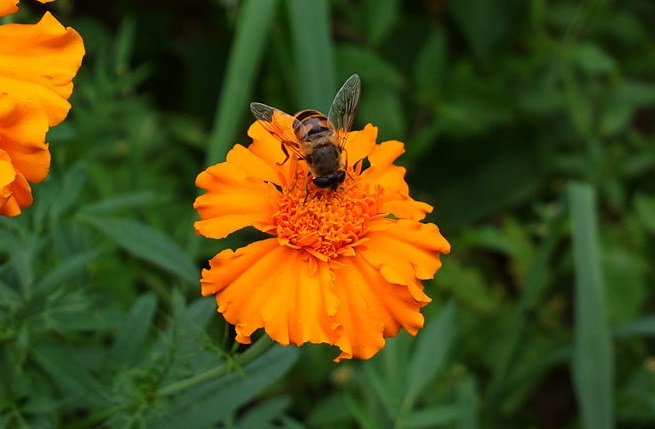
The insecticide fipronil poses a high acute risk to honeybees when used as a seed treatment for maize, EFSA has concluded in a report requested by the European Commission. EFSA was asked to perform a risk assessment of fipronil, paying particular regard to the acute and chronic effects on colony survival and development and the effects of sublethal doses on bee mortality and behaviour.
The European Food Safety Authority (EFSA) was asked by the European Commission to perform a risk assessment for the active substance fipronil and provide conclusions as regards the risk to bees. In this context the conclusions of EFSA following the peer review of the risk assessment for bees for the active substance fipronil are reported.
The context of the evaluation was that required by the European Commission in accordance with Article 21 of Regulation (EC) No 1107/2009 to review the approval of active substances in light of new scientific and technical knowledge and monitoring data.
The conclusions were reached on the basis of the evaluation of the currently authorised uses of fipronil applied on a variety of crops in Europe.
The reliable endpoints concluded as being appropriate for use in regulatory risk assessment, derived from the submitted studies and scientific publications including data available at EU and national level, are presented. Missing information identified as being required to allow for a complete risk assessment is listed. Concerns are identified.
EFSA’s pesticide risk assessment experts examined the potential risk to bees from the active substance through a number of exposure routes. They concluded the following:
Risk from dust drift: A high acute risk was identified for maize. For other field crops, including sunflower, full risk assessments could not be completed so the level of risk from exposure to dust originating from seed drilling could not be established.
Nectar and pollen: The available studies – field and semi-field – had weaknesses and thus were insufficient to establish the level of risk to honey bees from the use of fipronil as a treatment for sunflower and maize seed.
However, there was deemed to be a low risk to honey bees from the authorised use of fipronil on vegetables, as these cannot be foraged for pollen and nectar.
Several gaps were identified in the available data related to other potential routes of exposure.
The conclusions were reached using the EFSA Scientific Opinion on the science behind the development of guidance for the risk assessment of plant protection products on bees, which was published last year.
EFSA’s experts used data submitted for the approval of fipronil at EU level and for the authorisation of plant protection products containing fipronil at Member State level.
They also considered the previous EFSA Conclusion on fipronil (2006) and the Authority’s statement on the Italian APENET project, as well as data from studies, research and monitoring activities that were considered relevant.
In January 2013, EFSA published risk assessments examining the effects on bees of the neonicotinoids clothianidin, imidacloprid and thiamethoxam.
